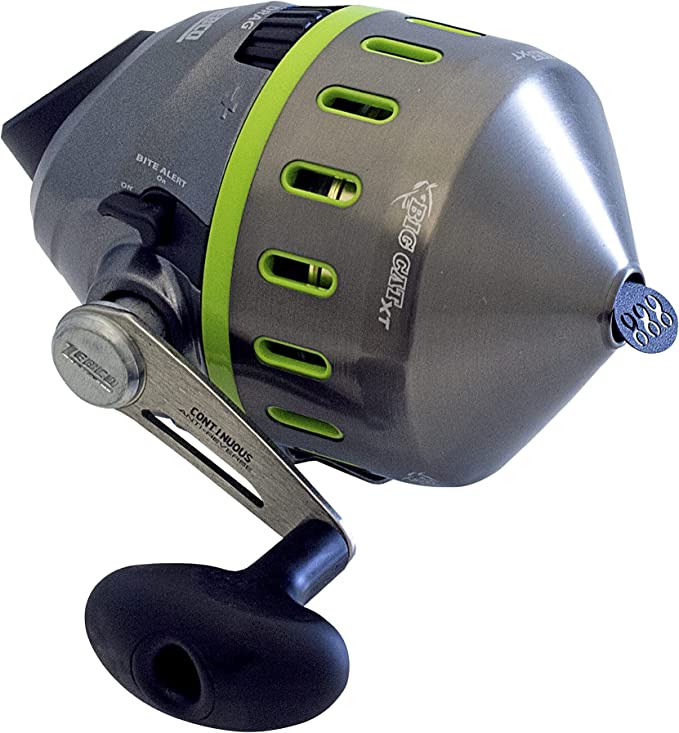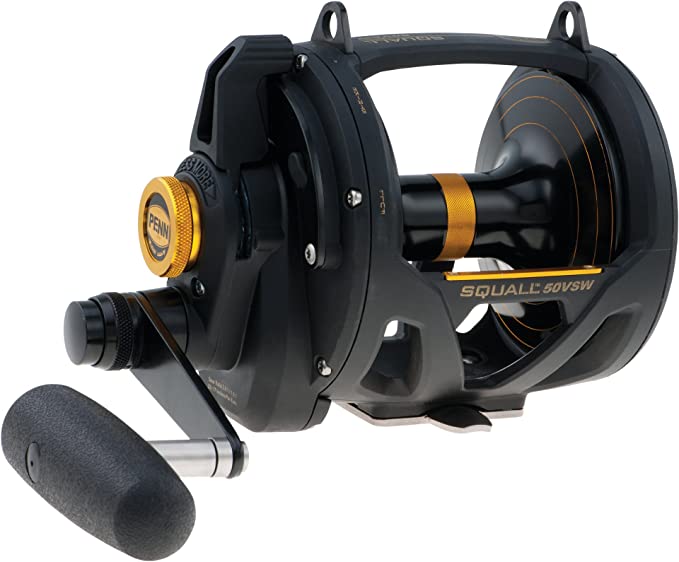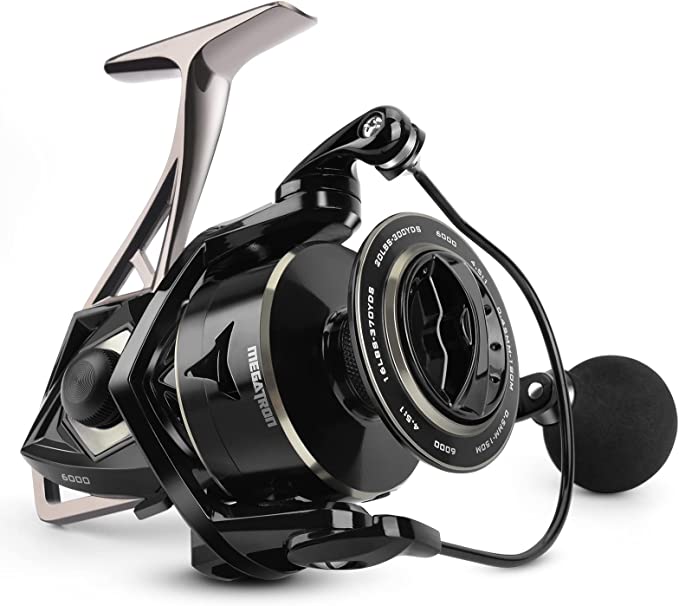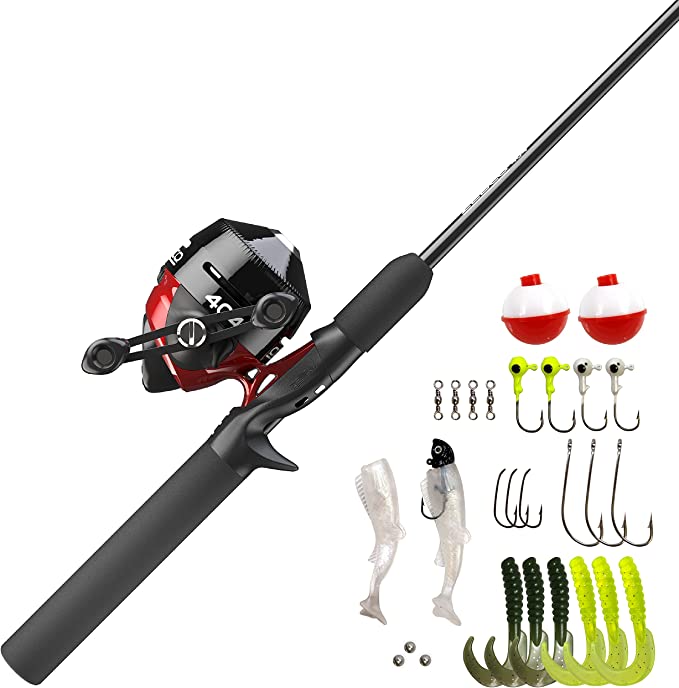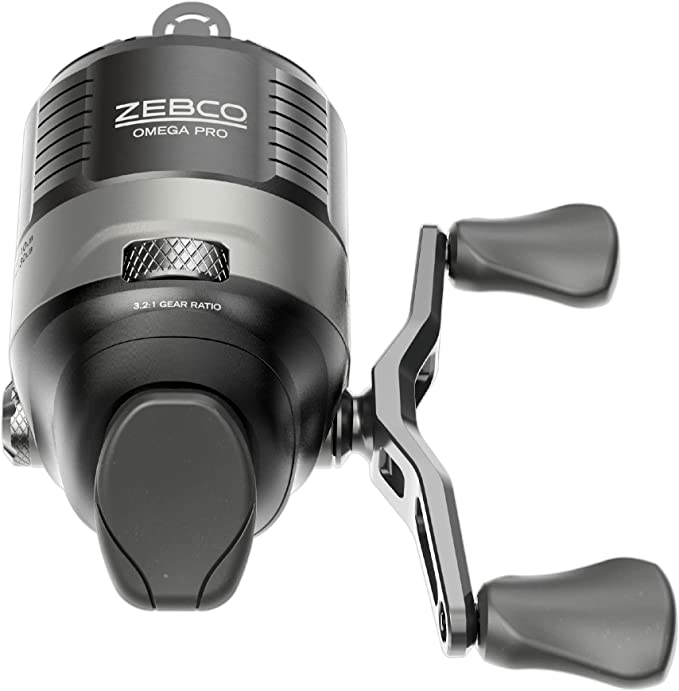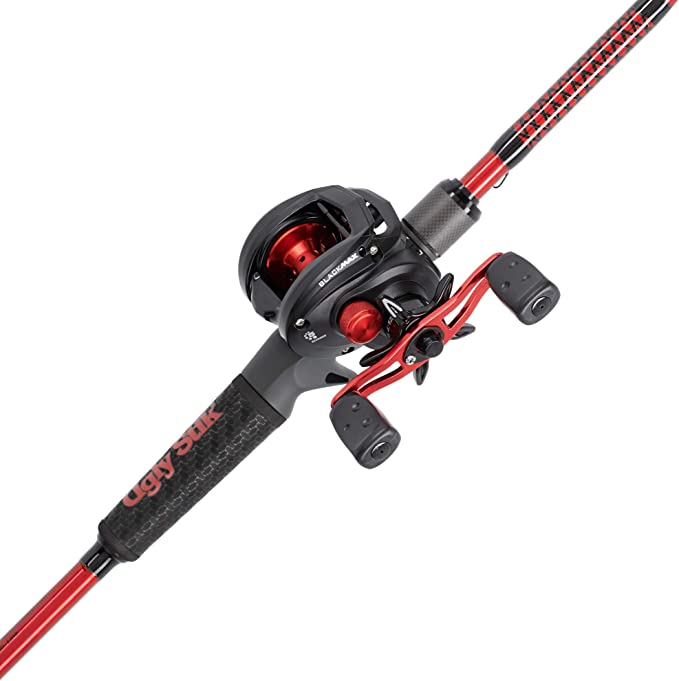Tempo Vertix 1000 Spinning Reel: Reimagine Your Freshwater Fishing Experience
Update on Sept. 7, 2025, 5:04 a.m.
The pursuit of angling is, at its heart, a study in physics. It is the perfect dance between human and machine, a delicate conversation between angler and fish. From the moment the lure leaves the line to the final moments of a hard-fought battle, every motion is governed by principles of friction, torque, and material science. Yet, to many, the spinning reel remains a mysterious black box. We feel its smoothness, rely on its power, but rarely pause to appreciate the engineering marvel within.
Today, we take on the role of a technical archaeologist, sifting through the layers of innovation that have brought us to the modern spinning reel. Our perfect artifact for this exploration is the Tempo Vertix 1000, a reel that, while new to the scene, stands as a testament to how decades of research and development in fishing tackle have trickled down to create an accessible and high-performing tool.

From Crude Contraption to Precision Instrument
The history of the spinning reel is a story of continuous refinement. Early versions, like the ones that emerged in the late 19th century, were rudimentary at best. They lacked smooth drag systems, and their “anti-reverse” was often a clunky mechanism with significant back-play. The goal was simple: cast and retrieve. Over a century, engineers have obsessively perfected this simple function. The result is today’s spinning reel, a sophisticated piece of machinery that blends materials science with mechanical precision.
The Tempo Vertix 1000 embodies this evolution, showcasing a suite of features that were once considered the exclusive domain of high-end models. It allows us to examine, in one compact package, the very principles that define modern reel performance.

The Silent Revolution of Ball Bearings
When you turn the handle of a high-quality reel, you feel a buttery smoothness—a feeling of seamless motion with no grinding or resistance. This sensation is no accident; it is the direct result of a finely tuned bearing system. The Vertix 1000 features a 10+1 stainless steel bearing system, a phrase that holds more meaning than a simple number.
A ball bearing is, at its core, a device to reduce friction. By replacing sliding friction with rolling friction, it allows components to rotate with minimal energy loss. The “10” in the 10+1 system refers to the ten strategically placed ball bearings within the reel’s body, supporting the main gear, pinion gear, and spool shaft. The “1” is perhaps the most crucial: a single roller bearing that serves as the instant anti-reverse clutch. Unlike older ratchet systems that allowed for a small amount of backward handle movement, the roller bearing uses a series of tiny cams to instantly lock the rotor in place. This “zero back-play” ensures that when you set the hook, all the force is transferred directly to the line, without any slack.
The choice of stainless steel for these bearings is a key aspect of their durability. Fishing reels are constantly exposed to moisture, and stainless steel’s high corrosion resistance ensures that the internal mechanics remain smooth and rust-free, maintaining that initial feel for years to come.

The Art of the Trade-off: Graphite vs. Metal
The material of a reel’s frame is a fundamental design choice that balances weight, strength, and cost. While high-end reels often use aluminum or magnesium alloys for maximum rigidity, the Vertix 1000’s frame and rotor are crafted from high-grade graphite. This is not a compromise; it’s a deliberate engineering decision rooted in the principle of strength-to-weight ratio.
Graphite is a remarkable material known for its lightweight nature and impressive tensile strength. While it may not be as crush-proof as a metal frame, it provides more than enough rigidity to keep the internal gears in perfect alignment under normal fishing loads. The result is a reel that feels almost weightless in the hand, minimizing fatigue during a long day of casting and retrieving. For anglers who spend hours casting ultralight lures for trout or panfish, this reduction in weight is an invaluable ergonomic benefit. It’s a prime example of thoughtful design—using the right material for the job, not necessarily the most expensive one.
Taming the Beast: The Physics of Drag
A fish on the run is an exercise in applied physics. The drag system is the angler’s only mechanism for controlling that force, serving as a dynamic brake that allows line to be pulled from the spool under a controlled amount of tension. Without it, the line would snap the moment the fish surges.
The Vertix 1000’s triple-disc drag system is built with carbon fiber washers, a material once confined to aerospace and high-performance racing. The magic of carbon fiber in this application lies in its exceptional thermal properties. When a powerful fish makes a run, the friction generated by the drag creates significant heat. Traditional drag materials like felt or cork can break down or become “sticky” under this heat, leading to a jerky, inconsistent release of line. Carbon fiber, however, efficiently dissipates this heat, ensuring the drag remains consistently smooth and predictable from the first second of a fight to the last. With a max drag of 20 LBs, the Vertix 1000 offers more than enough stopping power for its target species, giving the angler precise control over the conversation with the fish.
The Final Touch: Optimizing Every Cast
Beyond its core mechanics, a reel’s true performance is often found in the subtle details. The Vertix 1000’s CNC machined aluminum alloy spool is a case study in how small design tweaks can yield significant results. The spool’s lip is engineered with an optimized profile that minimizes friction as the line leaves the spool during a cast. This allows for longer, more effortless throws, an especially critical advantage when fishing with lighter baits.
Furthermore, the spool is “braid-ready”, meaning you can tie your braided line directly to it without a monofilament backing. This is a game-changer for many anglers, as braided line’s zero-stretch properties offer incredible sensitivity, allowing you to feel the faintest of taps from a wary fish. The optimized spool lip also helps to prevent common issues like “wind knots,” a frequent frustration when using braided line in breezy conditions.
The Tempo Vertix 1000 is not just a fishing reel; it is an artifact of engineering evolution. It is a tool that quietly leverages a century of mechanical and material innovation to deliver an experience once reserved for a select few. It proves that the relentless pursuit of performance and comfort can result in a product that is not only effective but also a beautiful, accessible example of applied science. In the end, it’s not just about catching more fish—it’s about understanding the elegant machine that helps you do it.
